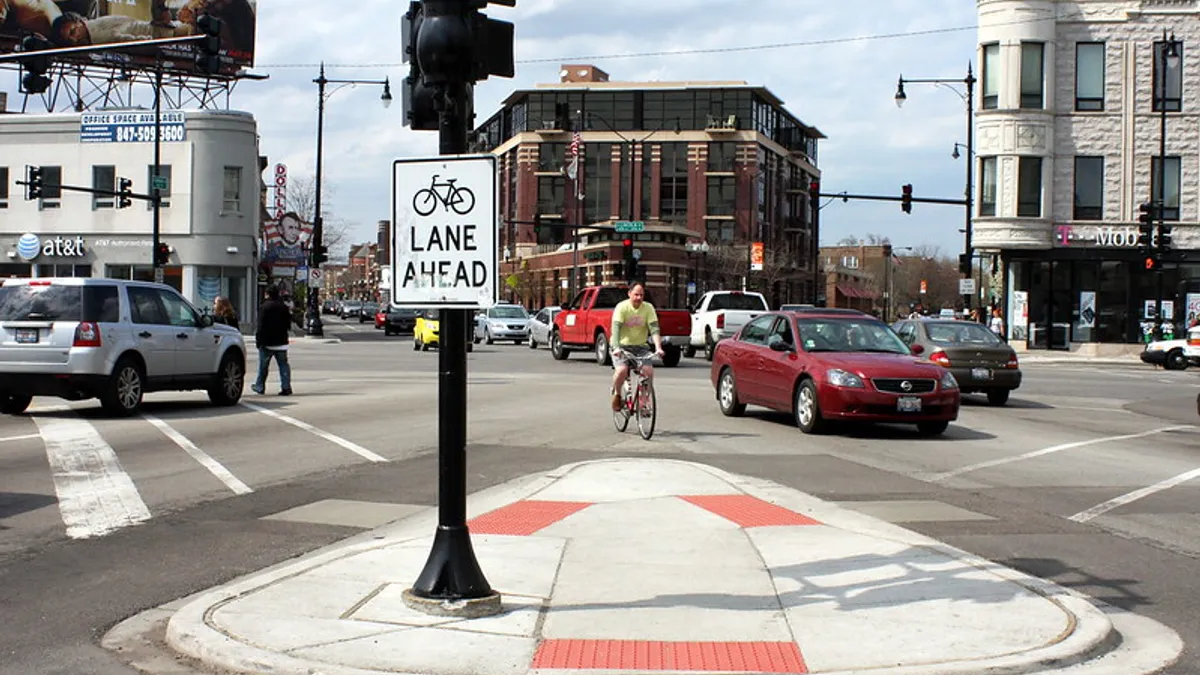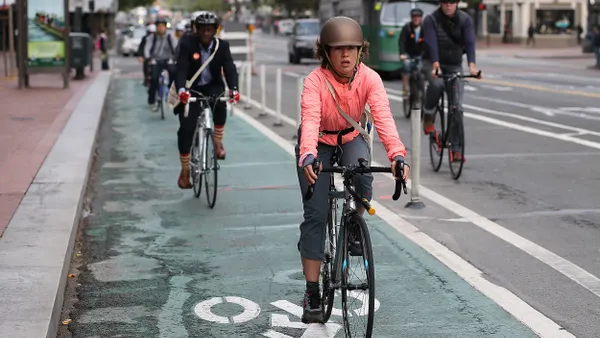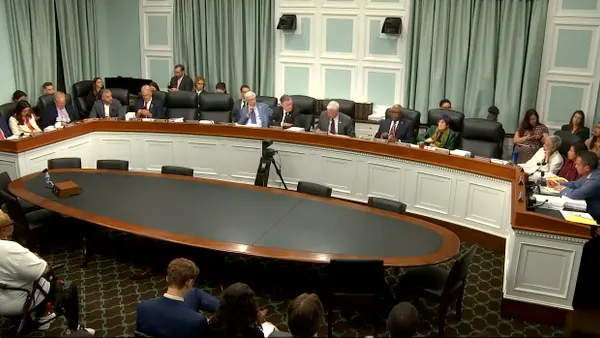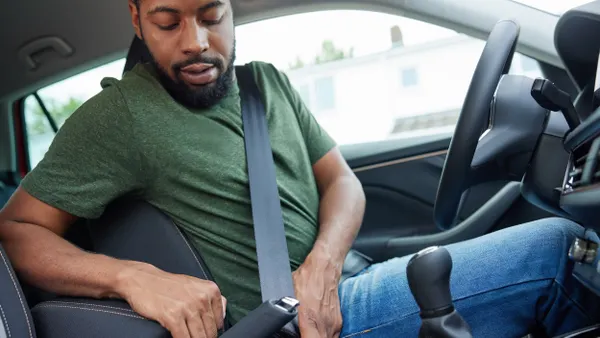Dive Brief:
- StreetLight Data and Ford Mobility are collaborating on a new set of solutions to help cities, local government agencies and departments of transportation identify hotspots for jurisdictional traffic crashes, aiming to make streets safer for pedestrians, cyclists and drivers.
- The bundled offering, Safety Solutions, combines Ford Mobility’s Safety Insights, a tool that uses crash and connected vehicle data to identify "near misses" and locate safety hotspots, with StreetLight InSight, a SaaS platform for mobility.
- The combined offerings help users identify opportunities to reduce fatal and serious crashes, in addition to identifying data-driven next steps for traffic safety investments.
Dive Insight:
The coronavirus (COVID-19) pandemic has ushered in an era of new traffic patterns, on top of an already troubling year for pedestrian and cyclist fatalities.
In 2019, pedestrian deaths reached their highest rate since 1988, according to the Governors Highway Safety Association. The projections show a "complete reversal of progress" after 30 years of pedestrian deaths decreasing, report author Richard Retting said in a statement.
"Outdated" speed-limit planning, an influx of SUV-involved crashes and a lack of infrastructure for cyclists and micromobility users are just some of the factors creating unsafe roads for pedestrians and cyclists. And while many cities have doubled down on their commitments to achieve Vision Zero plans and make streets safer, there are reports that pedestrian, cyclist fatalities have increased this year compared to last.
The pandemic has arguably made the situation even more complex by bringing together cars and pedestrians on roadways that aren't optimal for various transportation modes, according to StreetLight Data Vice President of Marketing Martin Morzynski. Drivers have reportedly been traveling at faster speeds and becoming more reckless, while city streets have simultaneously seen a massive uptick in cycling and pedestrian-use.
In May, the U.S. traffic fatality rate increased 23.5% compared to the year prior, according to the National Safety Council.
Cities can look to various infrastructure or operational changes to help solve some of these issues. There are hundreds of thousands of potential safety countermeasures to make streets safer, according to Ford Mobility Product Owner of Safety Insights Cal Coplai.
Some of those solutions could include making changes to signal timing; installing pedestrian crosswalks; adding protected bike lanes or changing a roundabout to a four-way stop, he said. Ford Mobility and StreetLight Data's Safety Solutions, for instance, can make "smart predictions" about what is likely to happen from a safety standpoint if any of those solutions are implemented in a specific location, he said.
Safety Solutions can also apply a social equity lens to street safety, according to Morzynski.
Cities, counties or municipalities can apply origin and destination data, for example, to understand if residents are moving from a less-affluent neighborhood to a series of different destinations for essential work, according to Morzynski. By understanding those trips, local officials can help ensure there are safe modes of transportation provided between those destinations, he said.
Correction: The story was updated to reflect the correct spelling of StreetLight InSight.











